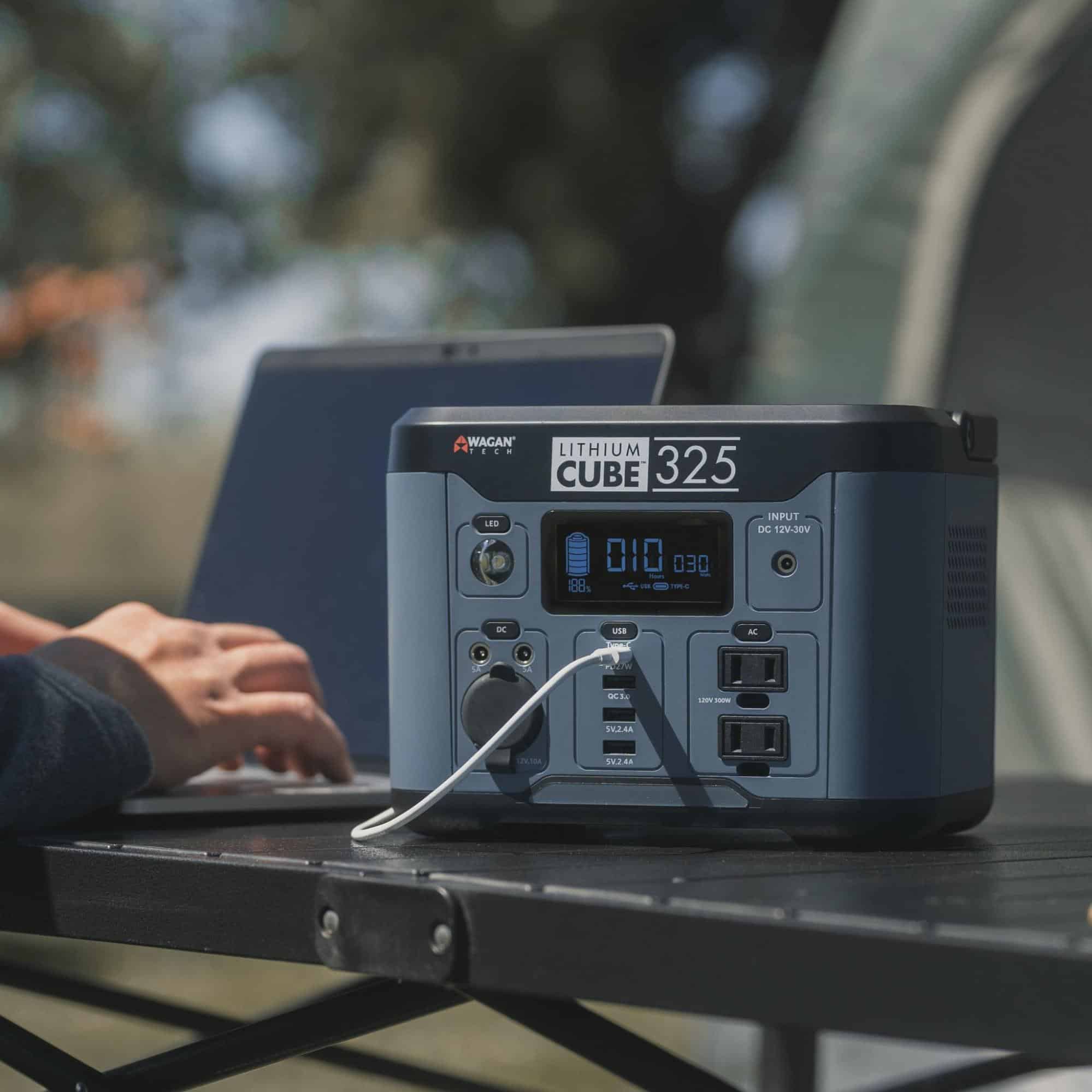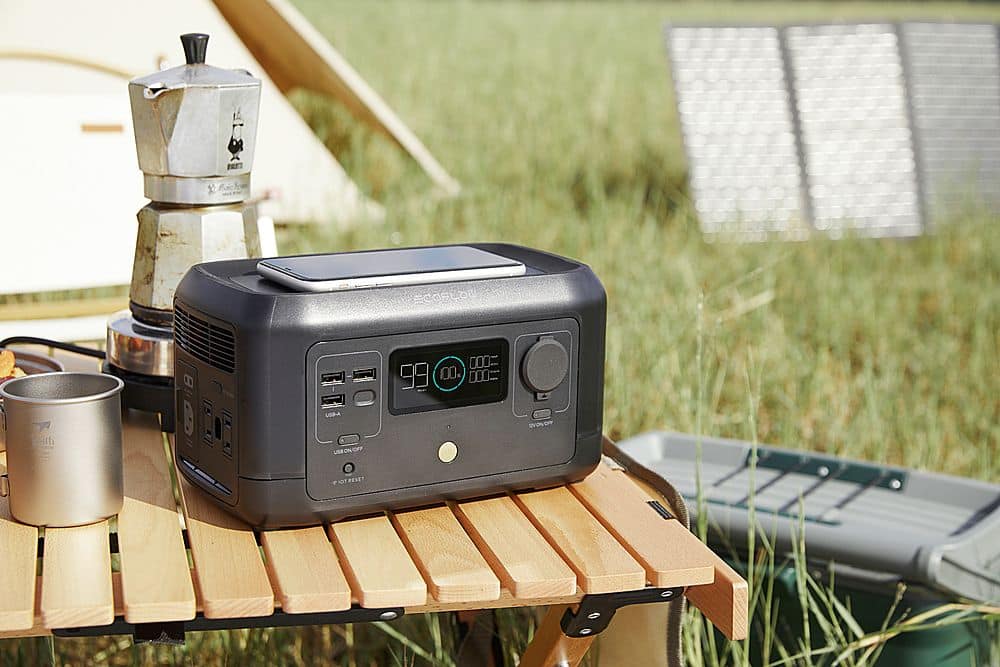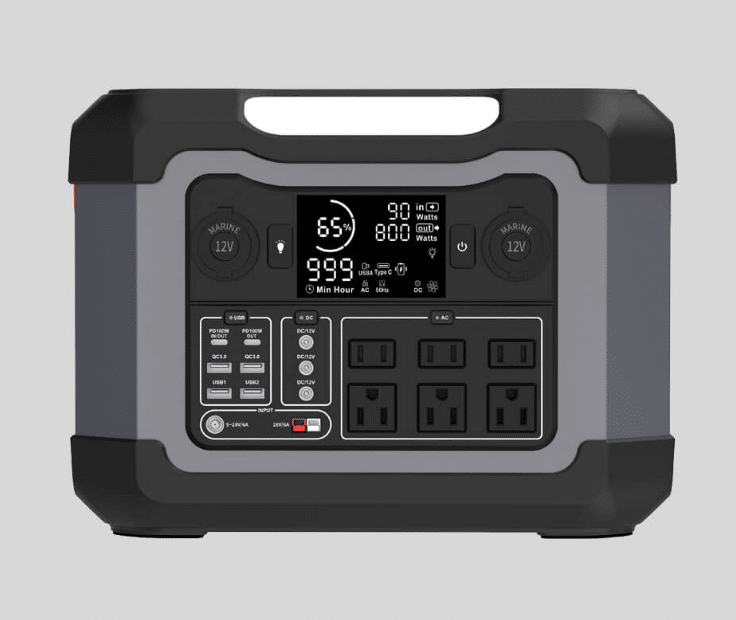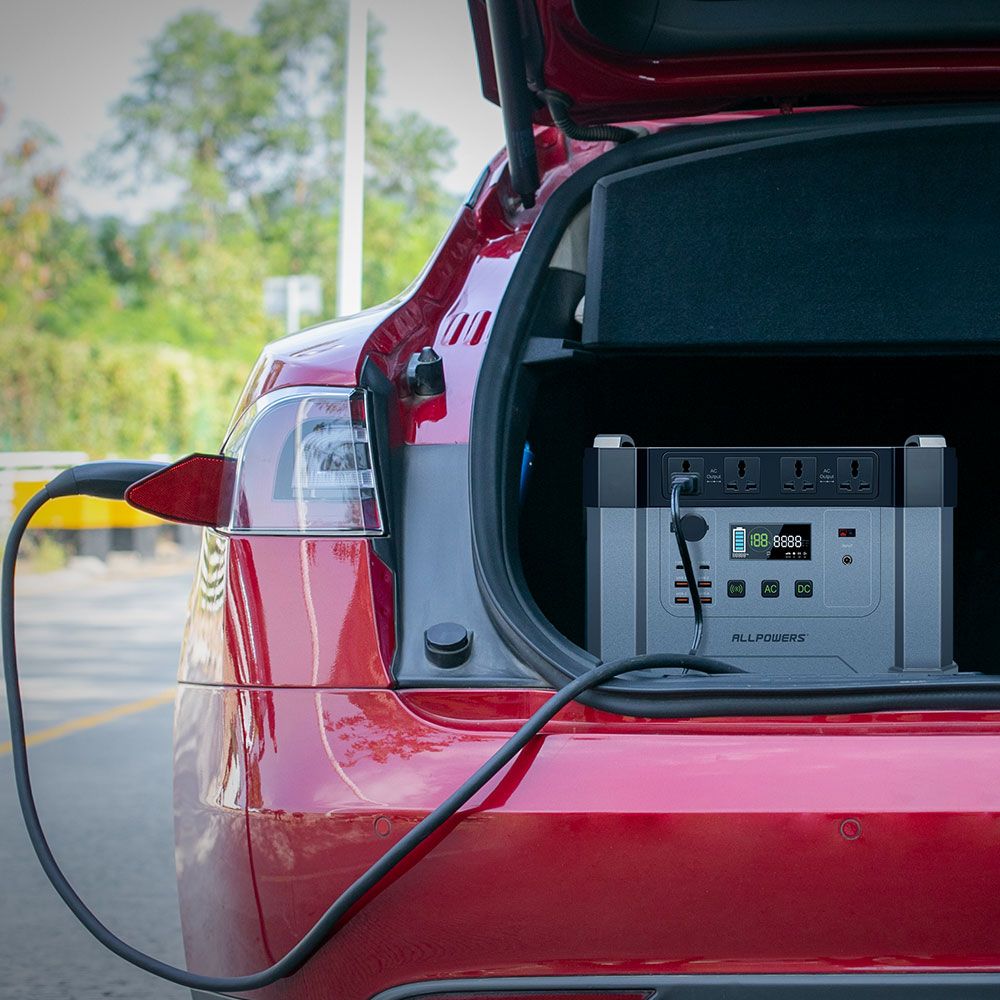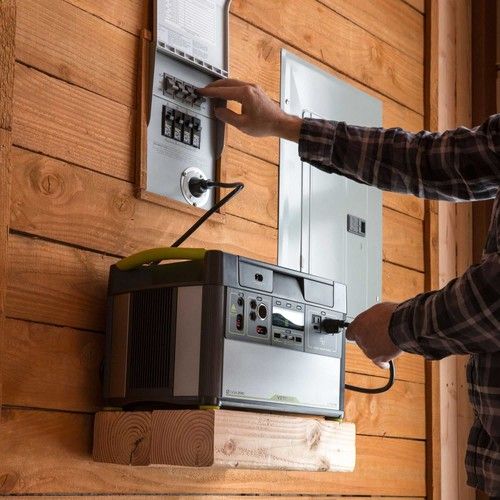In today’s world, where our dependence on electronic devices and appliances is increasing every day, portable energy storage systems are gaining more significance. Portable energy storage system makes the transition to the use of renewable energy sources a lot easier.
A portable power system offers a dependable and environmentally friendly solution to power emergencies, outdoor activities, and power outages. For example, they can be used to power electronic devices and appliances during camping trips or outdoor events. They can also provide a reliable power source during power outages, ensuring that you can keep your essential devices running.
Read on to know more about its environmental benefits and the details of its contribution to the energy industry.
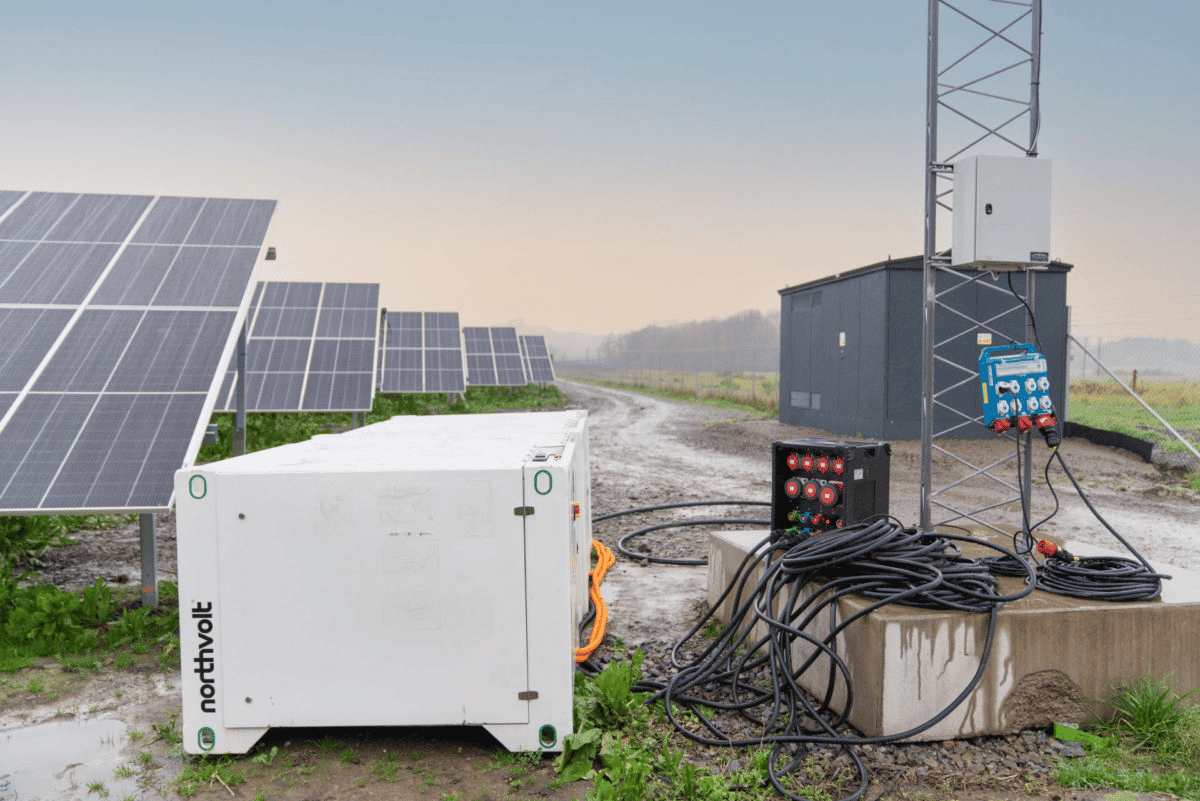
Source: PV Magazine
Our reliance on non-renewable energy sources contributes largely to our modernization but is also equivalent to the environmental impacts. But with portable energy storage systems, these impacts are greatly reduced. It also regulates spikes the demand for electricity and offers flexibility because it reduces the demand for new transmission lines.
So what is an energy storage system?
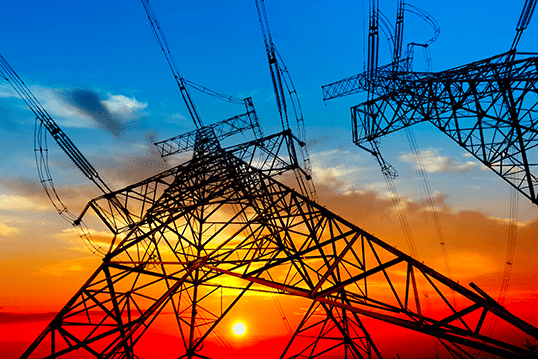
Source: NASA Climate Change
According to Wikipedia, energy storage, which lessens imbalances between energy demand and production, is the process of capturing energy produced at one time for use at a later time.
High demand can be decreased with energy storage, and any cost savings benefit customers as well
This feature of a portable energy system drives sustainable development. Both rural and urban settings require strong communities. Highly populated cities can greatly benefit from energy storage systems because this will allow them to meet demands with reduced price spikes.
Why is energy storage required?

Source: IELTS Online Tests
The contribution of energy storage allows the mitigation of climate change. Maximizing its benefits will allow the reduction of global warming by up to 2°C. To do this, energy storage capacity should triple in amount by 2050
Why energy storage becomes a problem now
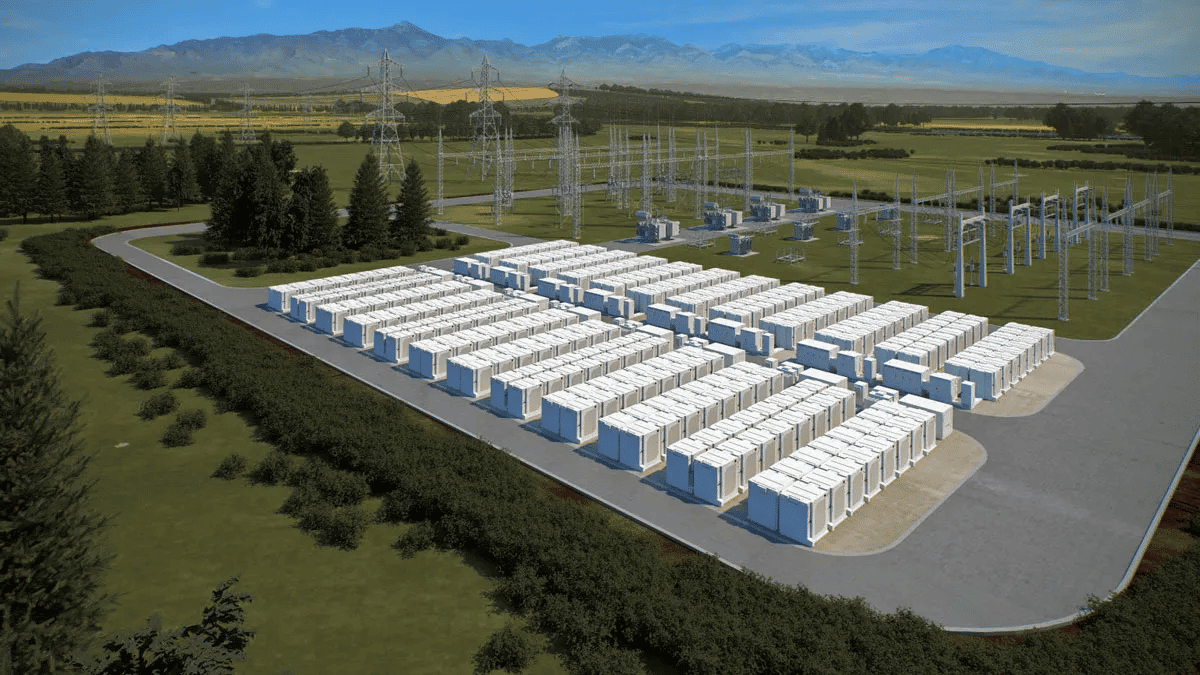
Source: Energy Industry Review
- High implementation costs
While energy storage system costs have been in decline in the last decade, it remains costly for the consumption of many.
- The need for the standardization of systems
For a much easier implementation of energy storage as the new source of power among all households, standardization should happen first. Doing so allows accessibility and availability for its consumption.
- The need for policy and better marketing strategies
Better marketing strategies are a way to introduce energy storage systems to consumers. Once this happens, the need for policies in its use arises. This helps regulate and protect consumers and businesses from the possible risks of this new market.
Why we can’t store wind energy
The intermittent nature of wind energy plays a huge factor in why we cannot store it. This is exemplified by the unpredictability of the production of energy on any given day.
Can renewable energy be stored?
Renewable energy storage is possible through the use of energy storage systems. While electricity itself cannot be stored, conversion to another type of energy that can be stored is possible. This is the mechanics of energy storage systems. The energy that can be stored is
- Chemical Energy
- Nuclear Energy
- Gravitational Energy
- Mechanical Energy
solar energy storage problems
Lead-acid batteries, lithium-ion batteries, nickel-cadmium batteries, and flow batteries are just a few of the battery types that can be utilized for solar power storage.
What portable energy storage system solved

Source: Grid Edge
A few of the primary advantage of a portable energy storage system is the reduction of the use of non-renewable energy sources, cost-friendliness, better security and durability, and the optimization of the delivery of various energy sources. The world we live in today is becoming more and more reliant to energy; thus, a renewable energy source with a storage system is viable for our future.
What is a portable energy storage system?

Source: LED Power Supply Manufacturers
A portable energy storage system or PESS allows quick, adaptable, and economical responses to renewable energy sources. It delivers solutions to the limits of renewable energy sources by adapting to the factors that affect the delivery and availability of energy.
Advantages of Portable Energy Storage Systems
Portable energy storage systems offer several advantages, including:
Reliability during power outages
Portable energy storage systems are designed to provide reliable power during power outages, ensuring that you can keep your essential devices running.
Eco-friendliness through use of renewable energy sources
Many portable energy storage systems use renewable energy sources such as solar power, making them a more eco-friendly alternative to traditional generators.
Cost-effectiveness compared to traditional generators
Portable energy storage systems are generally more cost-effective than traditional generators, which can be expensive to purchase, operate, and maintain.
Versatility in powering various devices and appliances
Portable energy storage systems can power a wide range of devices and appliances, including smartphones, laptops, lights, and refrigerators.
Portability for outdoor activities and emergency situations
Portable energy storage systems are designed to be lightweight and easy to transport, making them ideal for outdoor activities and emergency situations.
Maintenance and Longevity
Portable energy storage systems require low maintenance compared to traditional generators. With proper care, the batteries and systems can have a long lifespan, providing a reliable and cost-effective solution for many years.
how much energy storage do we need
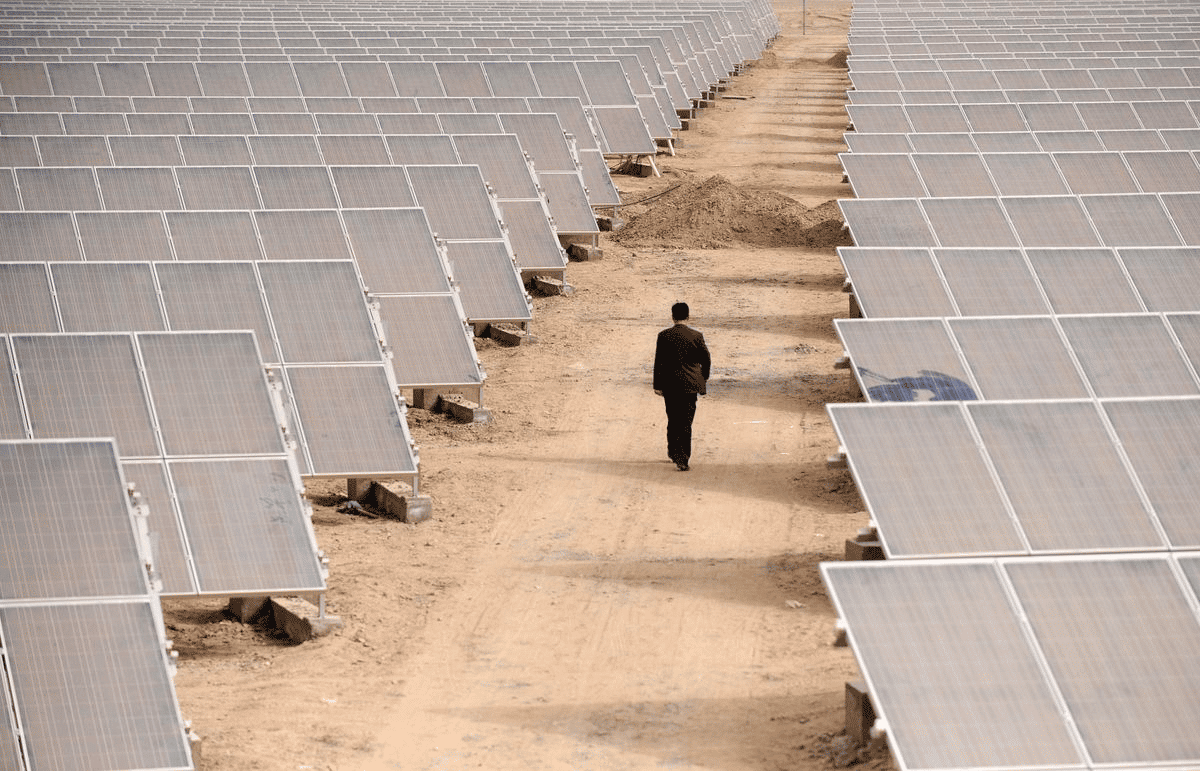
Source: Reuters
According to new modeling, the UK will require 1,400GWh of energy storage for its future energy grid. For a low-cost 2050 energy system, “much” more electric and thermal storage will be required than previously assumed.
On the other hand, according to US researchers, by 2050, when 94% of electricity originates from renewable sources, about 930GW of energy storage power and six and a half hours of capacity will be required to properly fulfill US electricity demand.
China plans to build more than 30 gigatonnes (GW) of new energy storage capacity by 2025, according to the country’s official planner, as part of efforts to increase renewable energy usage while keeping the electric grid stable.
The most significant stage in designing a battery system is determining the required or desired quantity of energy storage, which is usually expressed in kWh per day. The wattage and runtime of all potential loads to be supported by the system can be used to get the minimum kWh-per-day value.
Types of energy storage technologies (Energy storage systems examples included)
According to Environmental Protection Agency, the many ways in storing energy are the following:
- Pumped hydroelectric

Source: Hydro Review
A pumped hydroelectric works when water is pumped up to a reservoir with the help of electricity. When the reservoir is emptied, the water flows through a turbine to produce electricity.
- Compressed air
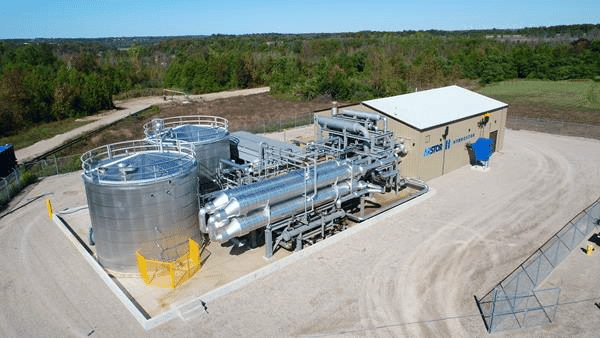
Source: Energy Storage News
A compressed air energy storage system works when air is compressed and stored using electricity, frequently in subterranean caverns, at pressures of up to 1,000 pounds per square inch. Pressurized air is released to generate electricity through an expansion turbine when there is a high electricity demand.
- Flywheels

Source: Energy Storage News
Flywheels energy storage system works when there is a rotor propelled by electricity, preserving energy as kinetic rotational energy. When energy is required, a generator is turned by the flywheel’s spinning force. Some flywheels can rotate at speeds of up to 60,000 revolutions per minute, use magnetic bearings, and operate in a vacuum to reduce drag.
- Batteries
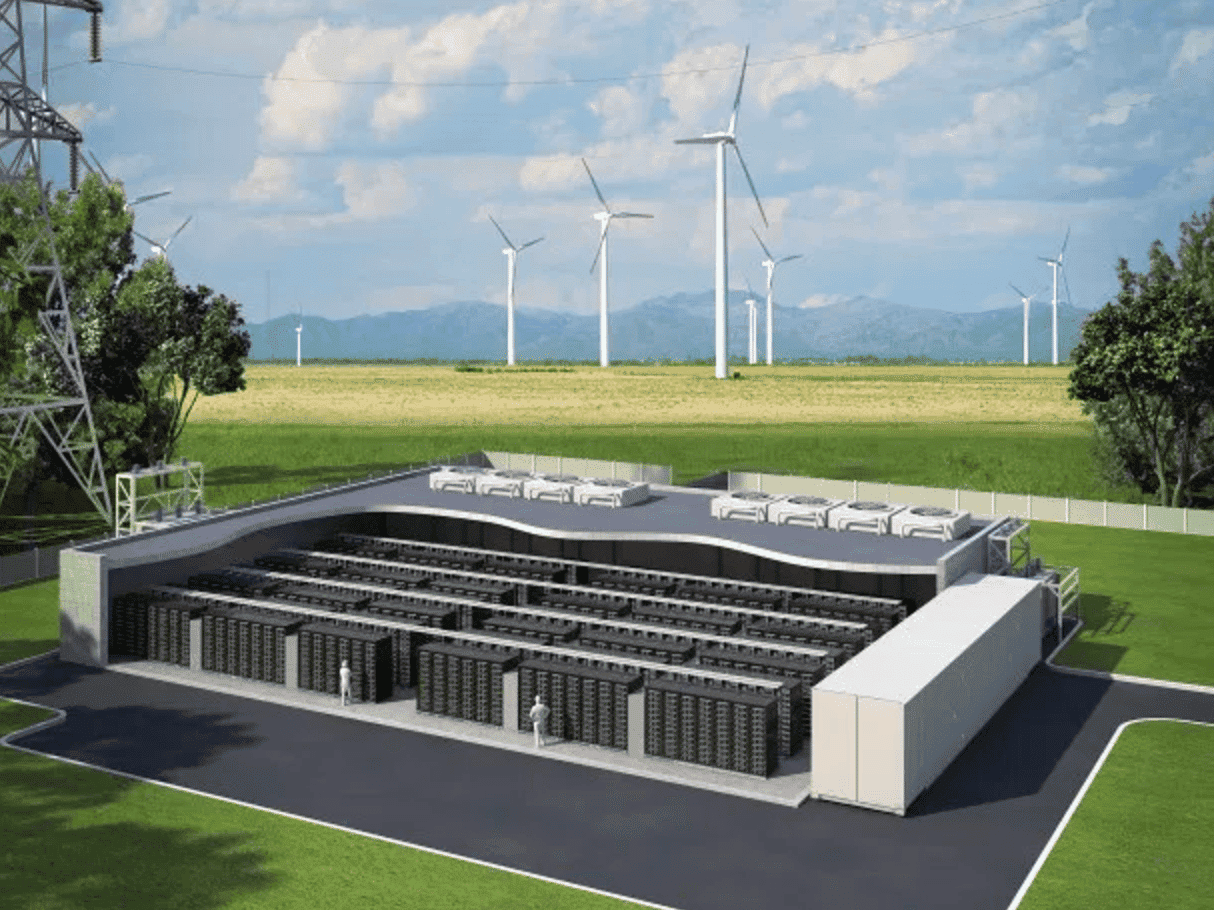
Source: Windpower Engineering & Development
A battery energy storage system works similarly to rechargeable batteries that are available in the market. Lithium-ion batteries, lead acid, and other battery types may be used in these systems. Also, this is considered the most efficient.
- Thermal Energy Storage

Source: Celsius Initiative
Thermal energy can be created using electricity and stored until it is required. For instance, during periods of low demand, electricity can be used to produce chilled water or ice and then used for cooling during times of high demand.
What energy storage devices can store electricity
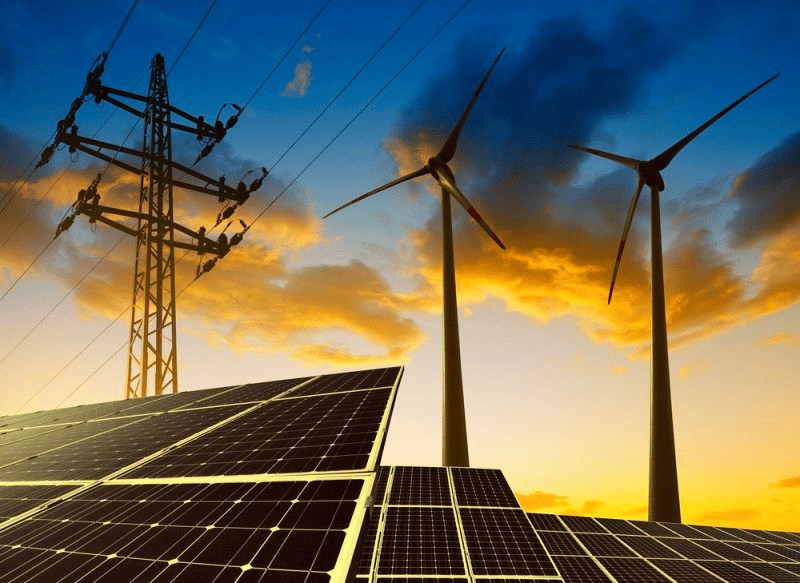
Source: Daily Energy Insider
Capacitor
A capacitor practices a mechanism that stores energy as electrical charges, which will build up on the plates. As long as the capacitor can hold the number of charges it can, it will store energy while the charging and discharging processes occur.
Batteries
Energy from renewable sources, such as solar and wind, can be stored in the battery and released when the consumer needs it. The battery is an energy storage device. Take lithium batteries, they cane be used for lighting, medical and more. The electrochemical in something that will turn chemical energy into electrical energy can be used to store the energy.
Fossil Fuel Storage
This storage works by storing energy in the form of fossil fuels. Renewable resources will store energy, which will be released when consumed as fossil fuels. Fossils such as coal and gasoline will be used to store the energy that will be released from renewable resources such as sunlight, and when it dies, they will be buried for a longer length of time. It is afterward turned into fuel and used as energy for a variety of reasons.
Flywheel Energy Storage
It is a gadget that works by rapidly speeding the rotor. It will keep the energy in the form of rotation, known as rotational energy. Because of the concept of energy conservation, as the system extracts energy, the rotational speed of the flywheel is reduced.
Disadvantages of flywheel energy storage
The main disadvantages are the expensive cost, the possibility of self-discharge (the loss of stored energy when it is not in use), and the suitability for smaller capacities only (from 3 kWh to 130 kWh)
Superconducting Magnetic Energy Storage
It is system storage energy that is built in such a way that it stores energy in the form of a magnetic field formed by the flow of direct current in a superconducting coil that is cooled below the superconducting critical temperature.
Compressed Air Energy Storage
Compressed air is used to generate energy. Steady volume and constant pressure are stored in this storage. If we look at how the air is trapped and compressed, we can see that it produces heat and thus energy. It is the process by which energy is created at one point and released at another.
Disadvantages of compressed air energy storage
These have a large storage capacity, making them appropriate for wind energy applications; nevertheless, their main drawbacks are the high capital cost and the possibility of water loss due to evaporation.
Pumped Storage Hydraulic Electricity
A hydroelectric storage device employs water reservoirs as a resource. It consists of two water reservoirs at different elevations that generate power as water flows from one side to the other while passing through the turbine. It turns mechanical energy into electrical energy and stores it. As the water moves from the upper reservoir, this mechanism requires power. It is analogous to a massive battery that stores energy and releases it when needed.
What opportunities that battery storage bring?
The opportunities for battery storage allow for improvements in the costs and performance of energy, breakthroughs in the modernization of grids, widened use of renewable energy sources, the wholesale of electricity, national policies, and self-sufficiency.
How much does an energy storage battery management system cost

Source: Energy Sage
Storing energy today remains expensive for many households, which deems it difficult for its wider consumption. However, its ROI returns your investment at a greater amount when it operates efficiently.
The average storage system cost in California is $1332/kWh as of October 2022. An average storage installation in California costs between $14,721 to $19,917 for a 13-kWh storage system, with the average gross price for storage in California being $17,319. After factoring in the 30% federal investment tax credit (ITC) and other state and municipal storage incentives, the net cost of solar can be thousands of dollars lower.
Conclusion
Portable energy storage systems have several advantages that make them a valuable resource in various residential and commercial uses. If you are still confused about the benefits i highlighted hefre, maybe you can check Sunly.com. Its product shows us that a portable power station can be a dependable power source that can be used to supplement or replace traditional grid-based energy sources. This results in reduced costs and increased efficiency.
Portable energy storage systems are a valuable tool that can be utilized in various settings. They are capable of powering remote locations and providing critical backup power in case of an emergency. Moreover, they are a greener alternative to traditional energy sources, which can aid in reducing greenhouse gas emissions and dependence on fossil fuels.
The progression of technology is expected to bring significant advancements in the areas of performance, reliability, and affordability of portable energy storage systems. These systems are becoming increasingly popular as the demand for sustainable and portable power solutions continues to rise. As a result, we can anticipate a wider use of these systems in the future, which will transform our perception of energy storage and distribution.

